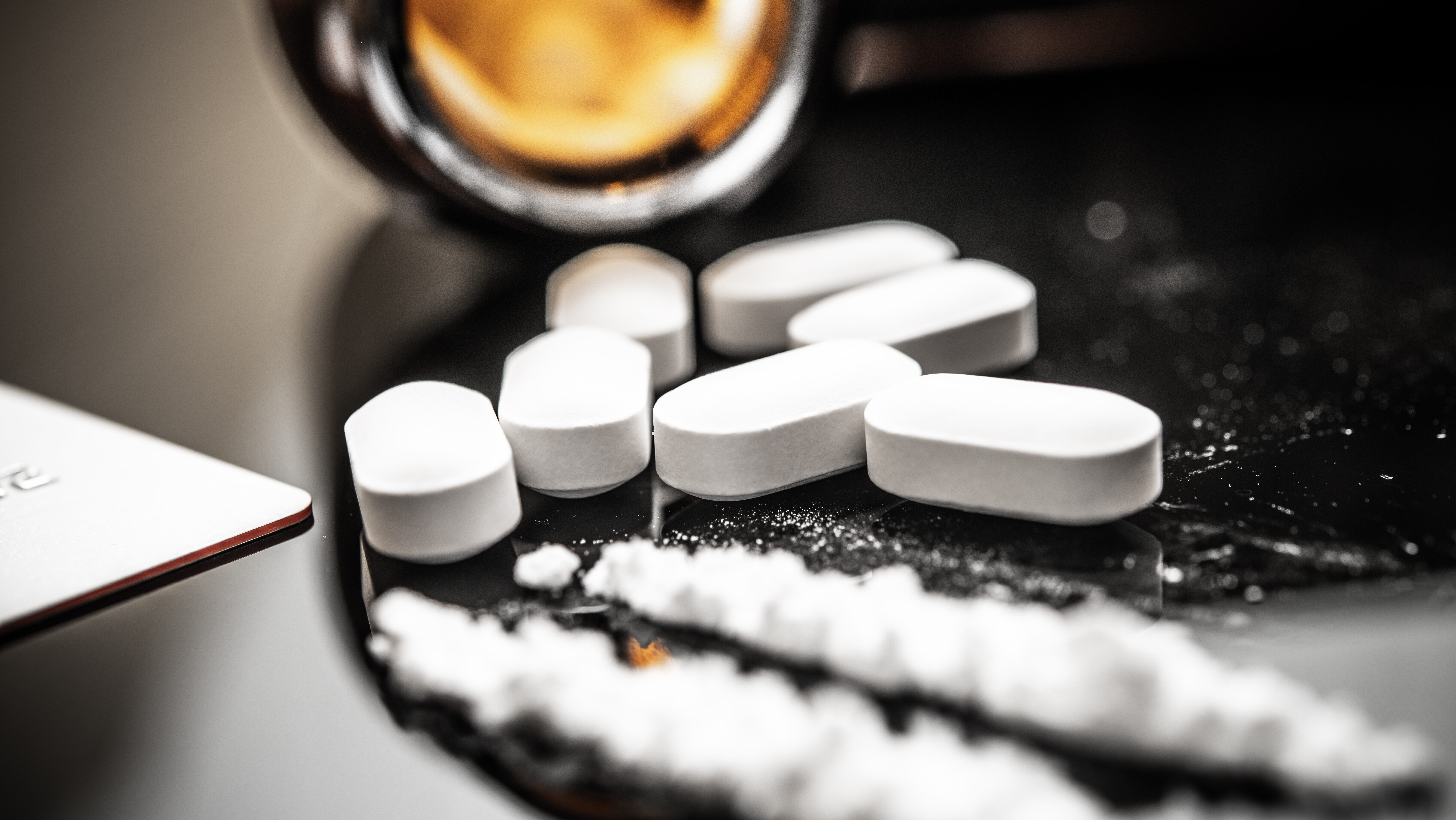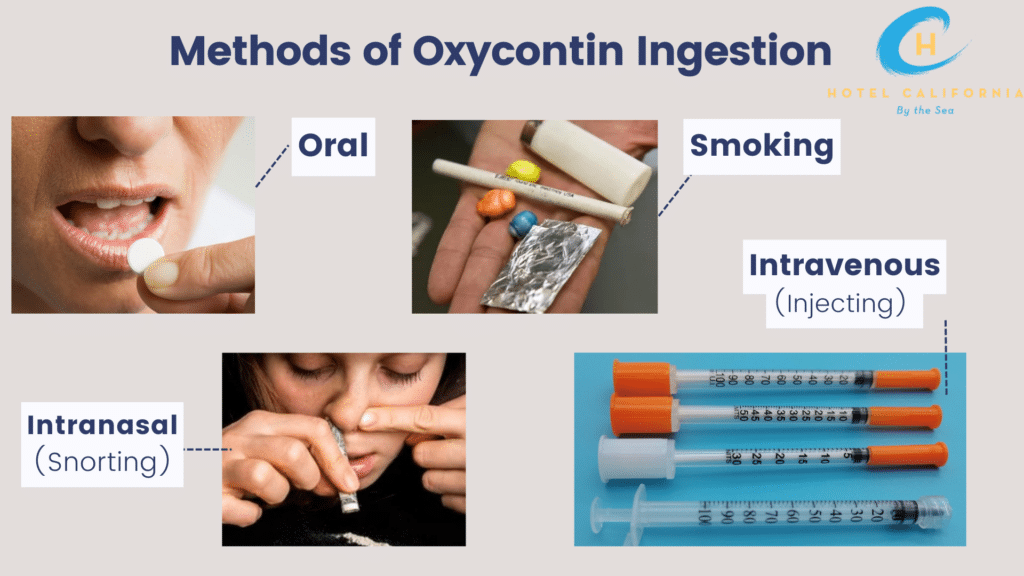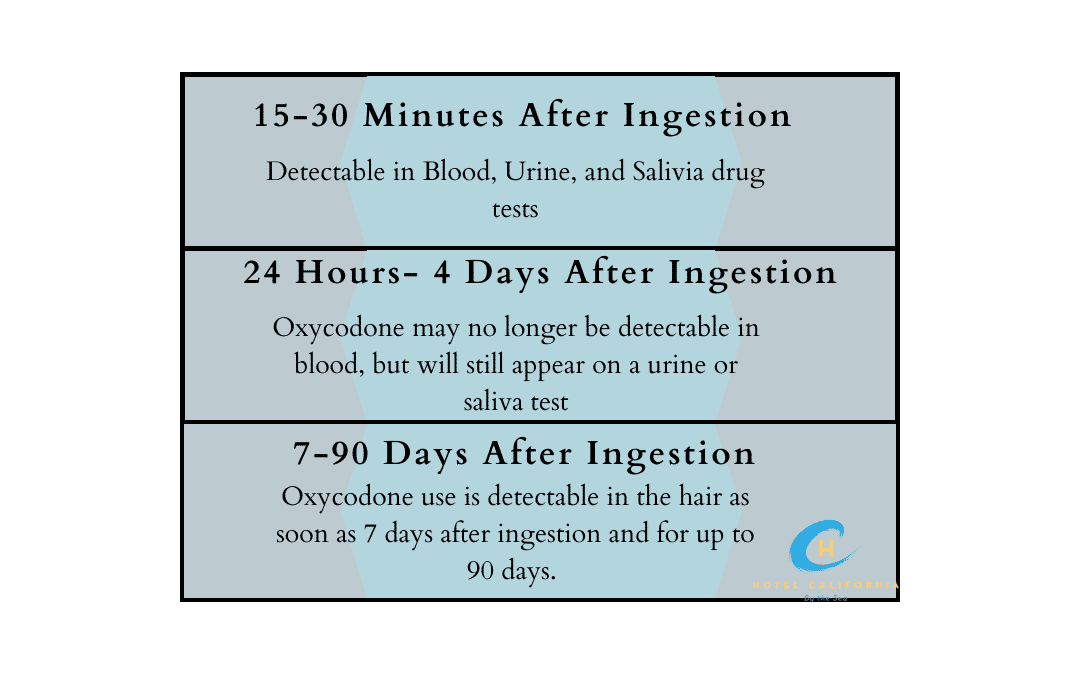How Long Does Oxycontin Stay in Your System?
People ask “how long does Oxycontin stay in your system?” for various reasons. These can include for medical uses, such as on a pain relief basis. If individuals aim to pass a drug test, they might ask about this. In both scenarios, there are a lot of factors that determine how long oxycontin stays in your system.
To understand the detox timeline, there are a few key points to understand about how Oxycontin works in the body.

What is Oxycontin?
Oxycontin is the brand name for the medication Oxycodone.
Oxycodone belongs to the drug class of opioids. Opioids are drugs that originate in the opium poppy plant. Manufacturers directly derive some of these medications from the plant.
Researchers create others by modeling them after the chemical structure of the poppy plant. A lab produces these forms.
The primary purpose of any opioid medication is to relieve pain. Doctors prescribe them for either chronic pain or post-operative pain. They are effective in treating moderate to severe pain.
Opioids have a high potential for abuse. Their ability to readily cross the blood-brain barrier significantly increases their abusability. When taken in excessive doses, they can create a sense of euphoria and relaxation.
Users can take Oxycontin swallowing, smoking, snorting, or even injecting it. Each method of administration carries different risks.

Ingesting Oxycontin
Taking Oxycontin by mouth is generally the safest way to dose. However, when abusing oxycontin, taking the drug orally can pose dangers.
Users abusing Oxycontin may take a lot of the drug in a short period to get high quickly. Ingesting the drug takes the longest amount of time for effects to occur. A user may choose to take another dose if they feel the effects of OxyContin’s effects are not happening fast enough.
Taking too much OxyContin in a short time can accidentally result in an overdose.
Smoking Oxycontin
One way users abuse Oxycontin is by smoking it. Addicts will place the drug on tinfoil and heat it to inhale the vapors. This can cause severe damage to the lungs. Symptoms of lung damage can include:
- Coughing
- Wheezing
- Chronic Bronchitis or Pneumonia
- Diminished lung function
- Shortness of breath
The damage done to the lungs from smoking Oxycontin is reversible with sustained abstinence.
Snorting Oxycontin
Users who choose to snort OxyContin typically crush the pills into a powder. Users then inhale it through their nose using a straw or similar device. Snorting Oxycontin carries various risks for the user, including:
- Nasal pain
- Damaging the sinus walls, tissue, and palate
- Septum decay
- Sinus holes
- Permanently diminished sense of smell
Injecting Oxycontin
Injecting Oxycontin involves melting the pills into a liquid. The user then draws the liquid into a syringe and injects it into their veins. This method yields the fastest high.
Oxycontin injection is the most dangerous out of any other route of administration. Using drugs intravenously causes an alarming amount of damage, including but not limited to:
- Collapsed veins
- Abscesses
- Blood infections (Sepsis)
- Hepatitis C (from sharing needles)
- Inflammation of the heart
- Tetanus
- Flesh Eating Disease
- HIV or AIDs
- Embolisms
The FDA has moved to re-formulate Oxycontin and other opioids with built in abuse-deterrents. These make it harder for users to break down the drug in snortable or injectable forms. It also makes Oxycontin more difficult to smoke.
Fully removing the abusability of Oxycontin is impossible because of the nature of opioids. However, these changes in formulation have made strides towards discouraging Oxycontin abuse.
Check Your Insurance Coverage for FREE
Find out if your insurance covers addiction treatment in minutes. We accept most insurance!
Signs of Oxycontin Abuse
Oxycontin abuse exhibits a few tell-tale signs. The presence of these symptoms in you or a loved one could indicate Oxycontin addiction.
Behavioral Signs
A drastic shift in personality occurs when a person becomes addicted to Oxycontin. They may become secretive about their finances or activities.
Users may be unable to pay bills or start selling belongings to finance their habit. They may start asking to borrow money often with no real reasoning as to why they need it. As a last resort, they may start stealing or committing crimes.
A life of addiction involves a whirlwind of lies and manipulation. Addicts begin lying and changing the narrative to protect and hide their use. Gaslighting and avoiding the topic are common tactics when confronted with the evidence of Oxycontin abuse. Shady and even confusing behavior is a result of constantly covering up Oxycontin abuse.
Oxycontin abuse often puts its users in risky situations. Driving while under the influence or going to work while high can pose significant dangers. As a result, users may face social and legal repercussions from abusing Oxycontin.
Physical Signs
Abusing Oxycontin leads to multiple health complications. Numerous physical signs indicate Oxycontin abuse.
If a user takes too much of the drug, they may seem excessively tired or appear to be coming in and out of consciousness. People refer to this action of losing consciousness as “nodding out.” Other symptoms include slurred speech or confusion. Opioids slow down the respiratory system, which can cause the lethargic behavior associated with Oxycontin abuse.
Other signs can include “pinned” or constricted pupils. Opioid abuse exclusively causes this and circumstances can’t explain it.
An increase or decrease of appetite might signal Oxycontin abuse. Users may experience nausea as a result from the opioid. Alternatively, there could be an increase in appetite. Opioids affect each user differently, so it’s important to look for a large shift.
Oxycontin Half Life
A drug half-life is the time it takes for the concentration of a drug in the body to reduce by half. Half lives are a measure used to estimate how long a drug remains in the system. For Oxycontin specifically, the average half life is around 3.2 hours.
Whether Oxycontin taken is extended release or has anti-abuse measures in place can affect this number. Anti-abuse formulated Oxycontin has a half life of about 4.5 hours.
Oxycontin takes a few half lives to be removed from the body. Most research indicates that the body typically eliminates the entire drug from the blood within 24 hours.
Oxycontin withdrawals refer to the symptoms that individuals may experience when they stop or reduce their use of oxycodone. Withdrawal symptoms can vary in intensity and may include:
- Nausea
- Vomiting
- Muscle aches
- Anxiety
- Insomnia
Reach out to Hotel California by the Sea
We specialize in treating addiction and other co-occurring disorders, such as PTSD. Our Admissions specialists are available to walk you through the best options for treating your addiction.
Oxycontin Detox
So, with this knowledge in mind, how long does oxycontin stay in your system? Several factors determine the lengths of time your body takes to fully process Oxycontin.
- Body Fat
- Metabolism
- Length of use
- Amount of use
- Age
- Activity level
- Kidney/Liver Health
These factors contribute to the speed at which the body processes Oxycontin. A higher weight, length of use, and age contribute to a longer processing time.
Younger and active people with a higher metabolism may have a much shorter detox period. Kidney and Liver health also greatly impact metabolizing Oxycontin. The healthier they are, the more able the body is to rid itself from the drug.
Testing for Oxycontin
Oxycontin is detectable in urine tests and saliva drug tests as soon as fifteen to thirty minutes after dosing. It can stay in your urine for up to four days after ingestion.
Blood tests can detect opioids for up to 24 hours.
Oxycontin can be detected in hair follicles from use within the last 90 days. Employers often use hair tests.
The length of detection for these tests vary on the factors listed above. Not everyone will process the drug the same.

Comprehensive Oxycontin Addiction Treatment
Hotel California by the Sea offers a lifeline to those struggling with Oxycontin addiction. We provide a comprehensive and personalized approach to recovery. Our facility tailors treatment plans to address the specific needs of each individual suffering.
We offer all ranges of care, from medical detoxification to evidence-based therapies and holistic interventions. Our program encompasses a wide spectrum of tactics to ensure a well-rounded and effective recovery journey. The staff at Hotel California by the Sea commits to creating a supportive and understanding environment. We guide individuals and their loved ones through the stages of recovery.
Hotel California by the Sea stands as a beacon of hope. We enable individuals to overcome Oxycontin addiction and embark on a path towards long-term sobriety.
References:
https://www.tga.gov.au/sites/default/files/foi-1299-83.pdf
https://www.ncbi.nlm.nih.gov/pmc/articles/PMC5725546/
https://americanaddictioncenters.org/oxycodone/effects-of-shooting
https://harmreduction.org/issues/safer-drug-use/injection-safety-manual/potential-health-injections/
